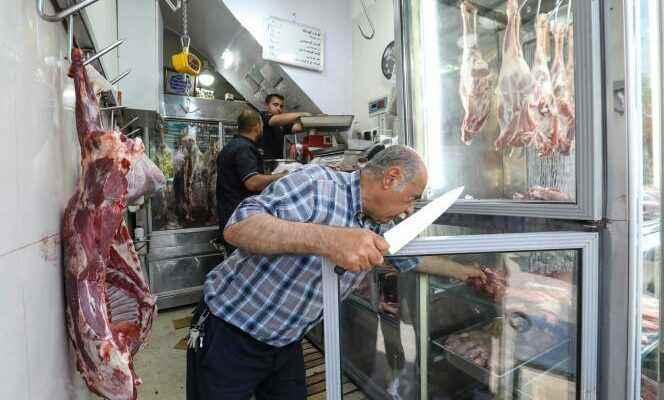A few months ago, when Parvin, 40 – who speaks under a pseudonym for security reasons – sought to rent an apartment in Tehran, property prices left her in deep disarray. The market proved to be inaccessible, even in the very modest districts of the center and the south of the Iranian capital. Until 2017, the year of her departure with her parents to another city in Iran, she nevertheless rented an apartment there. ” decent “. Today, his research has failed.
Parvin had to accept the proposal of a friend, owner of her accommodation, to move in with her on the condition of paying half of the charges. “Without his help, I would never have been able to have a roof in Tehran”says this social worker, holder of a master’s degree, who receives 10 million tomans (300 euros) per month.
According to the Iranian Statistics Center, the impoverishment index, which combines the unemployment rate and the inflation rate, has reached its lowest level in twenty-five years. At the end of March, annual inflation reached 40.1% (against 36.4% a year earlier) and unemployment 9.2%, figures which are undervalued according to many economists.
Fruits, vegetables, rice, dairy products, eggs and red meat have seen a dizzying increase. Especially since in May, the government of ultra-conservative President Ebrahim Raisi ordered the removal of subsidies on certain food products, including flour, multiplying the price of bread and pasta. The Iranian currency continues to plunge. As of June 19, 1 dollar was worth 32,000 tomans, five times more than in 2018.
In recent days, these record rates have prompted some traders to take to the streets of Tehran. Protests that add to the almost daily rallies across the country of teachers and workers against the high cost of living.
Sustained economic pressure
Parvin calculates his expenses as closely as possible. “I only go to grocery stores to window shop, I look at the prices and come out empty-handed,” she says. Single, she can no longer afford to take a taxi to get around and has to take public transport. She no longer goes to restaurants. At work, she sees an unprecedented number of retirees coming to beg for help to be able to pay continue to pay for their apartments. “Before, however, I had enough money to go out, travel, take care of myself. Not anymore, is she sorry. I live from day to day, without being able to project myself. »
You have 48.07% of this article left to read. The following is for subscribers only.
